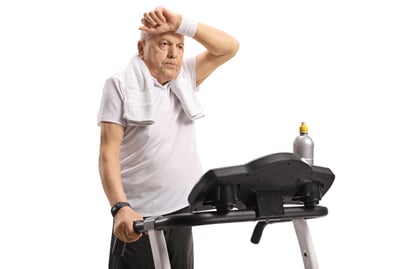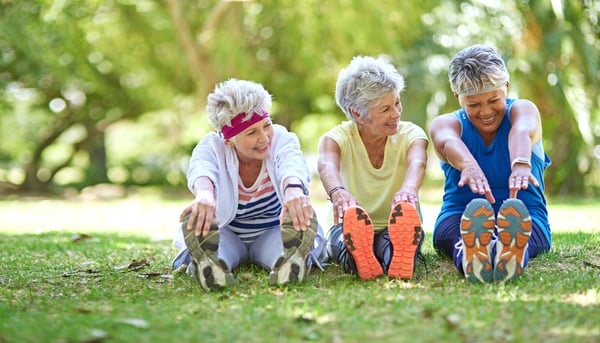 We've all been there – motivated to get fit, only to find ourselves struggling to maintain a consistent workout routine. It's a common hurdle, and the good news is that there are solutions to overcome these challenges. Let's explore four key reasons you might find it hard to stick with your workouts and how to conquer them.
We've all been there – motivated to get fit, only to find ourselves struggling to maintain a consistent workout routine. It's a common hurdle, and the good news is that there are solutions to overcome these challenges. Let's explore four key reasons you might find it hard to stick with your workouts and how to conquer them.
One of the most common pitfalls is overestimating your fitness level, which often leads to pushing yourself too hard, too soon. You might expect immediate results and attempt exercises that your body isn't ready for, causing discouragement and soreness.
Solution: The key is to start where you are now. Don't rush into intense workouts. Understand that it takes time to see significant results. Begin with a routine that's manageable for your current fitness level. Try working out for 30 minutes, three times a week, and gradually increase intensity as your body adapts. Remember, some soreness is normal, but don't let it discourage you.
2. Workouts Don't Align with Your Lifestyle
Setting an ambitious workout schedule can be daunting. The problem is that it may not always align with your daily commitments, leaving you with little time or energy to exercise regularly.
Solution: To overcome this, create a flexible workout schedule that suits your lifestyle. Assess how many days a week you can realistically commit to exercising. Each week may vary based on your schedule. Dedicate time at the beginning of each week to plan your workouts on days when you're confident you can squeeze them in. By aligning your schedule with your lifestyle, you're more likely to stick with your fitness routine.
3. You're Not Enjoying Your Workouts
Selecting a workout program without considering your preferences and personality can lead to quick burnout. If you despise your chosen exercise routine, maintaining it becomes a struggle.
Solution: Discover a workout that excites and motivates you. There's a wide range of options to explore, from group exercise classes to strength training in the gym or even recreational activities like pickleball or hiking. The key is finding something you genuinely enjoy. It may require some trial and error, but once you discover what makes you look forward to working out, sticking to it becomes much easier.
4. Dealing with Pain
Pain can be a significant deterrent to exercise. The fear of worsening your condition may make you hesitant to start a workout routine. It's crucial to prioritize your health and consult a professional when necessary.
Solution: If you're dealing with a medical condition or pain, it's essential to consult your doctor or physical therapist. They can provide guidance on suitable exercises that won't worsen your condition. Don't be afraid to seek professional advice. In many cases, exercise can be beneficial in managing certain health conditions.
Understanding the challenges that often hinder your workout consistency is the first step toward overcoming them. By acknowledging that it's okay to start slow, aligning your workouts with your lifestyle, finding exercises you genuinely enjoy, and addressing any pain or health concerns with a healthcare professional, you can build a sustainable and enjoyable workout routine. Remember, progress takes time, so be patient and kind to yourself along the way.


.jpg?width=521&name=GettyImages-929610028%20(1).jpg) I’m Too Old
I’m Too Old

